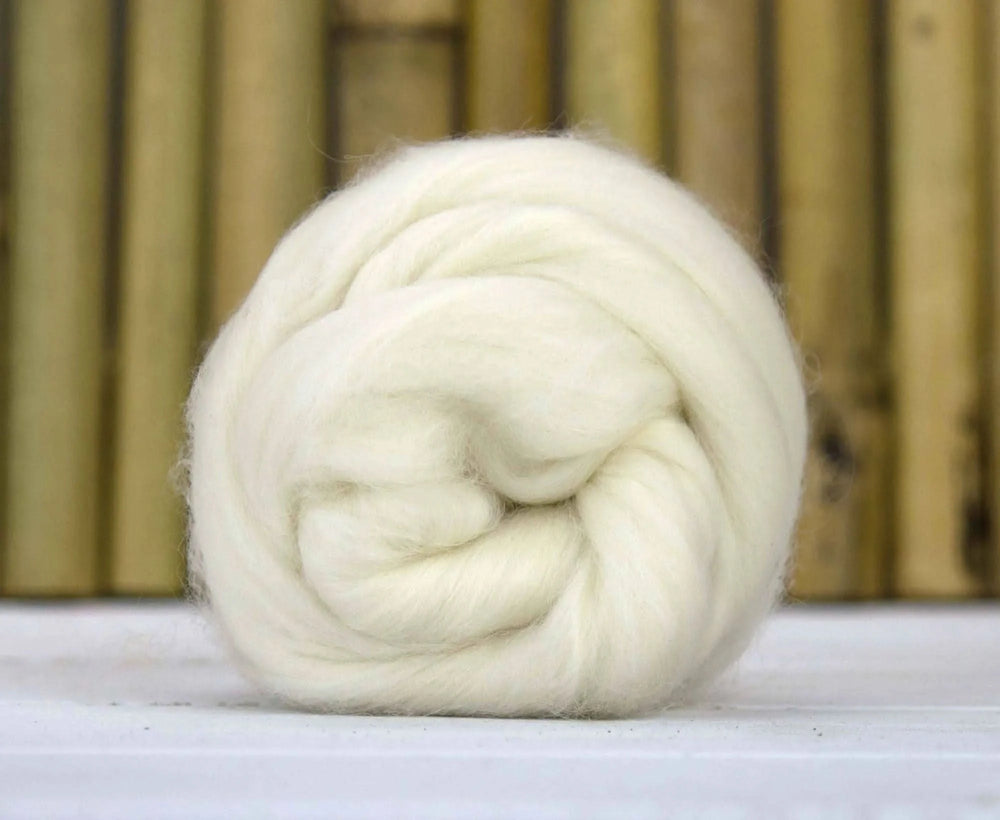Discovering the Numerous Sorts Of Cashmere an All-natural Fiber for Ultimate High-end
Cashmere, an all-natural fiber, is commonly connected with luxury and comfort. The extra economical Chinese cashmere, the standard Scottish variant, and the premium Italian blend, all inform a various story of this impressive fiber.
Comprehending the Glamorous Nature of Cashmere
Cashmere, frequently related to luxury and convenience, holds an unique allure on the planet of all-natural fibers. This soft, lightweight product is wanted for its exceptional heat and amazing resilience. Unlike other natural fibers, cashmere combines insulation with breathability, supplying exceptional convenience across varying temperature levels. Its lustrous surface and soft appearance add to its premium charm, warranting the costs rate that commonly features cashmere garments. Furthermore, cashmere's intrinsic wrinkle resistance and elasticity improve its worth, making it a preferred selection for premium garments and accessories. In spite of its fragile appearance, cashmere possesses a surprising resilience, able to keep its shape and luxurious feel with time. This distinct mix of qualities seals cashmere's placement as an icon of elegance and indulgence.
Simply What Is Cashmere and Where Does It Originate from?

Provided these extraordinary high qualities, one may question the beginning and make-up of this luxurious fiber. Cashmere is stemmed from the soft undercoat of cashmere goats, primarily discovered in Mongolia, China, Iran, and Afghanistan - is cashmere a natural fiber. These goats are adapted to extreme weather problems, generating an incredibly great, soft underfur as a protection versus the bitter cold. This underfur, or undercoat, is what is gathered for cashmere. Each spring, when the goats naturally shed their winter months coat, farmers comb out the great underhair, leaving the coarser hair behind. This meticulous procedure adds to the shortage and high price of cashmere. With its beginning in the harsh landscapes of Asia, cashmere is a testament to nature's ability to generate deluxe from adversity.
Decoding the Different Types of Cashmere
Comprehending the different types of cashmere is crucial to appreciating the top quality and one-of-a-kind attributes of this glamorous material. Normally, cashmere is categorized right into three types: raw, virgin, and reused. Raw cashmere is straight obtained from the goat and is unrefined. This kind frequently has pollutants such as dust and coarse hair. Virgin cashmere, on the other hand, is the pure, unrecycled product that is spun into yarn for the very first time. It is the softest and most glamorous. Ultimately, recycled cashmere is made from virgin product that has been previously used. It is re-spun and used in creating lower-cost cashmere products. Decoding these types is the initial step in understanding the exclusivity and value of cashmere.

The Special Characteristics of Each Kind Of Cashmere
Having actually checked out the various categories of cashmere, it comes to be evident that each kind flaunts its special collection of features. Mongolian cashmere, for circumstances, is renowned for its exceptional top quality, due to Mongolia's severe winter seasons that produce longer and finer fibers. Alternatively, Chinese cashmere is usually more economical, though its much shorter fibers can lower sturdiness.
Why Cashmere Is the Epitome of High-end in vogue
Cashmere holds an esteemed placement in the world of style, regarded as a symbol of deluxe and refinement (is cashmere a natural fiber). Cashmere is obtained from the fine undercoat is cashmere a natural fiber of Himalayan goats, understood for their superior quality fiber. Cashmere's exceptional convenience and sturdiness make it a sought-after material in the creation of premium garments.
The Refine of Making Cashmere: From Goat to Garment
The journey of cashmere, from being an undercoat of a Himalayan goat to a glamorous garment, is an intricate one. With the advent of spring, farmers in Mongolia and China accumulate the wool by combing the goats, making sure no harm is done. The gotten wool includes rugged outer click this hair and soft downy undercoat. This blend is then fastidiously divided, with only the soft down utilized for cashmere. This raw cashmere is cleaned, colored and rotated right into thread. The yarn is after that woven or knitted right into fabrics. The final action entails pressing and washing to provide the material its particular soft qualities and warmth. From goat to garment, each action is a testimony to the virtuosity, persistence and skill entailed in crafting cashmere.

Conclusion
To conclude, cashmere, with its natural sophistication and unparalleled convenience, rules supreme in the world of deluxe style. The variety in kinds, ranging from the soft Mongolian, light-weight Indian Pashmina, budget friendly Chinese, standard Scottish, to the vivid Italian, discloses the convenience of this natural fiber. The scrupulous process of transforming it from a goat to a garment further adds to its exclusivity, making cashmere the embodiment of sophistication and high-end.
Cashmere, a natural fiber, is often connected with high-end and convenience (is cashmere a natural fiber).Cashmere, frequently linked with luxury and convenience, holds an unique allure in the globe of all-natural fibers. Unlike go to my site other all-natural fibers, cashmere combines insulation with breathability, using unequaled convenience throughout varying temperature levels. Cashmere is acquired from the soft undercoat of cashmere goats, largely located in Mongolia, China, Iran, and Afghanistan. Cashmere is obtained from the fine undercoat of Himalayan goats, known for their exceptional quality fiber